You know your marketing efforts are doing something. They have to be, right? After all, you (or your marketing partner) performed countless hours of audience research, created a series of carefully-crafted ads for your campaign, and drove people to a beautiful landing page. Then it comes time to figure out:
“What’s the conversion rate for our latest campaign?”
You can’t answer this question with a gut feeling, no matter how strong. Nor can you confidently say any campaign or marketing effort is working without cold, hard data. This is where conversion metrics come in.
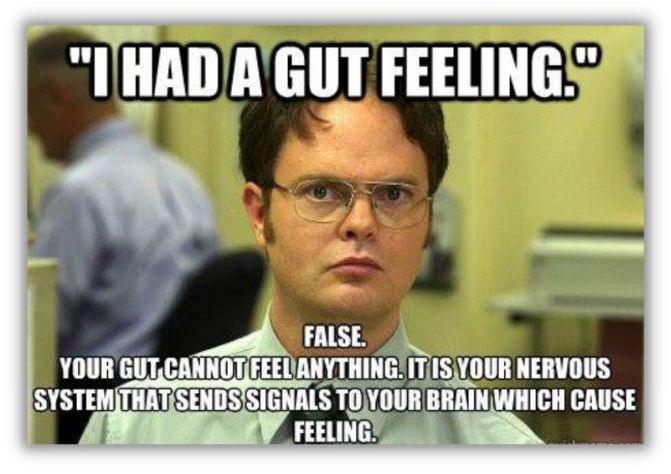
In this article, we’re going to cover:
- What conversion metrics are
- Why you need to track them
- 9 important conversion metrics to measure (and how)
- Tips to increase conversions
Let’s dig in.
What are conversion metrics?
Simply put, conversion metrics are any metric that helps illustrate how your marketing efforts are performing with your audience.
Going a bit deeper, conversion metrics help you determine whether your audience is taking a particular action, how much those actions are costing, the overall return on investment (ROI) for your efforts, and so on.
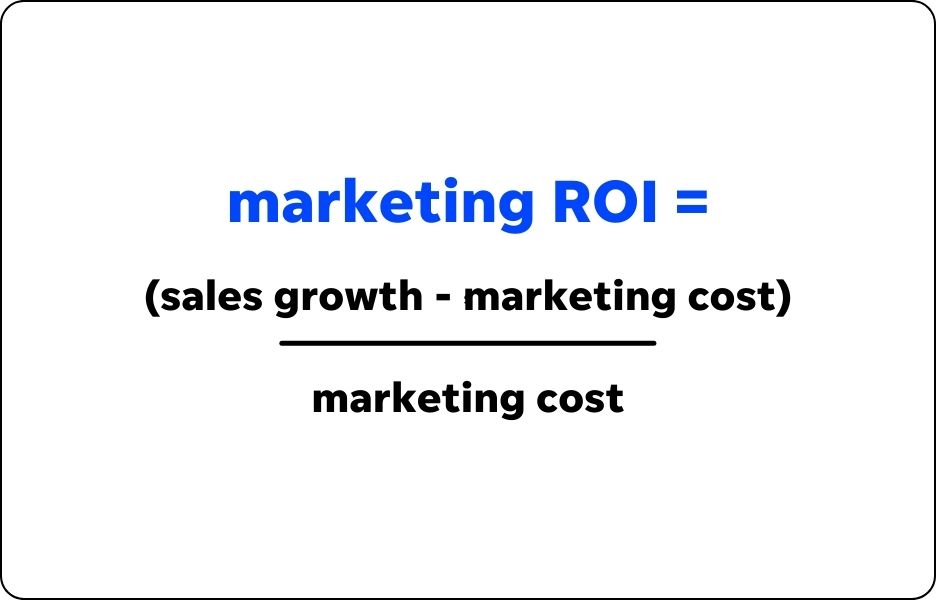
Why you need to track conversion metrics
A marketing campaign without conversion metrics is like a restaurant without prices on the menu and no inventory system—it’s impossible to track cost and you have no idea what’s selling.
Conversion metrics make it possible to accurately provide ROI for your marketing efforts and overarching campaigns. This is not only essential to running cost-effective marketing campaigns but can mean the difference between spending your marketing budget wisely or wasting it altogether.
For example, if you’re running a new lead gen campaign, it’s important you know whether your landing page, gated asset, ads, and so on are working. Using conversion metrics, you can determine at what rate people are becoming leads, how much those leads are costing, what channels are most cost-effective, and beyond.
9 conversion metrics to track
There are a number of conversion metrics that are important to pay attention to. This list is by no means exhaustive, as many marketers have different metrics they’ll consider conversion-related. But, consider the following your starter pack, leaving room for you to add any unique metrics you find your business needs to accurately determine marketing effectiveness.
1. Conversion rate
The core conversion metric, conversion rate is a measurement of how many people completed your target action. Conversion rate is calculated by dividing the total conversions by the total visitors from your ad or campaign.
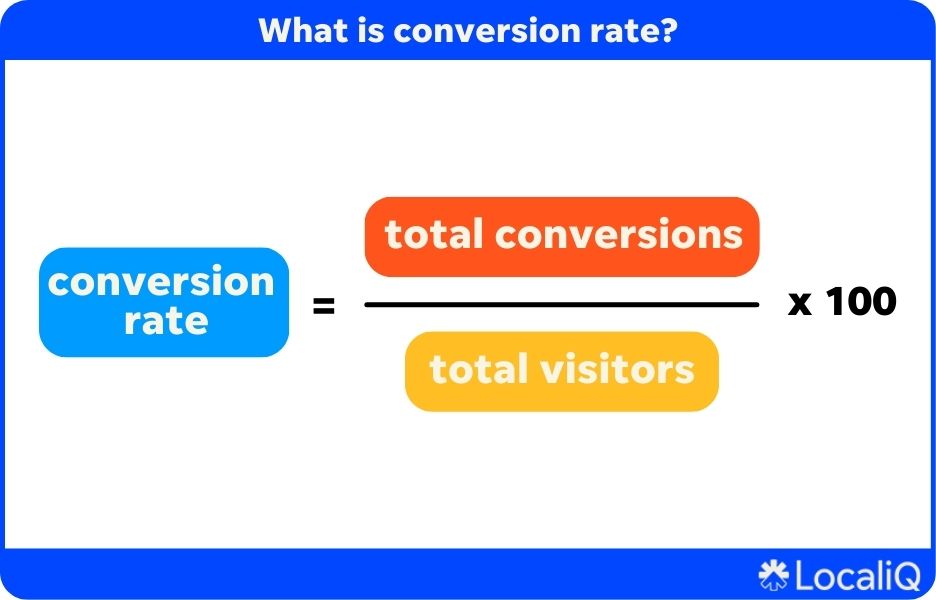
For example, if you’re wanting people to fill out a demo form, your conversion rate would measure how many people filled out the form vs. how many people visited your landing page and saw the form. The same goes for those converting from lead into paying customer, or outside your funnel to lead, and so on.
2. Cost per acquisition (CPA)
Also known as a cost per action, the CPA is a measurement of how much it costs your organization to get someone to take the action you want them to take.
For example, if you’re driving leads to a landing page to fill out a form, the CPA would measure how much you’re spending on any tactics you’re using to get people there. This might entail the cost of paid ads, any content marketing strategies you’re running, and so on.
3. Customer acquisition cost (CAC)
The CAC measures how much it costs your organization to actually acquire a paying customer. This metric is easy to confuse with the CPA, but there’s a slight albeit significant difference.
With the CPA you’re essentially determining the cost of a specific action. With the CAC, you’re measuring the total cost of getting someone from a non-customer to taking an action, becoming a lead, registering or purchasing, and becoming a paying customer.
4. Click-through rate (CTR)
The CTR is a straightforward indicator of how frequently people are clicking on an ad, a link in an email, and so on. CTR is a great way to determine the overall effectiveness of getting people over the first hurdle.
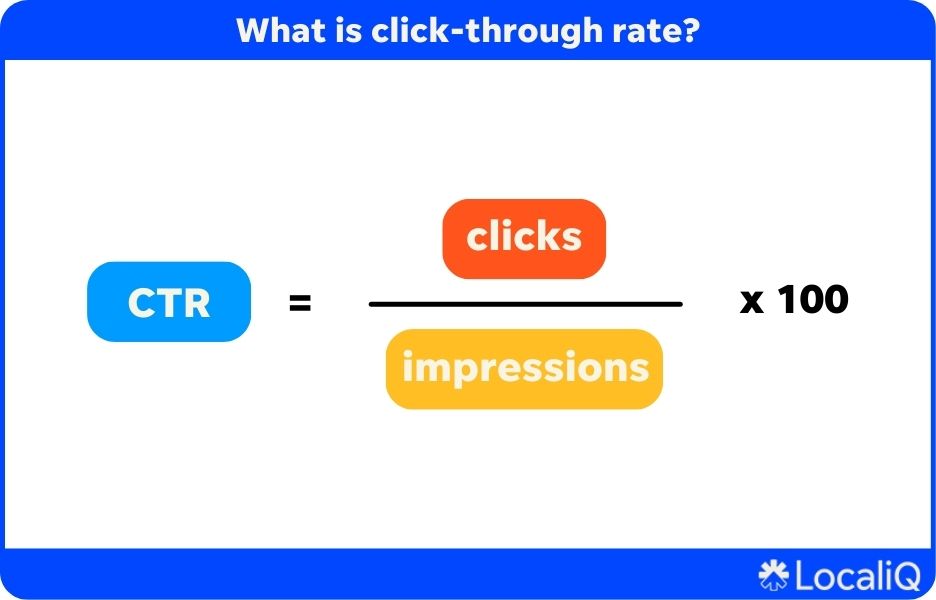
If your CTR is low, you know there’s an issue with your messaging, audience targeting, visuals, or any number of elements. Whereas if your CTR is high but your conversions are low, you can at least rule out the initial asset being the problem.
5. Bounce rate
The bounce rate tells you how frequently people are landing on your content without taking any action, including skipping the CTA and visiting another page on your site. The higher the bounce rate, the more often people are landing on your content and leaving without taking any kind of further action.
For example, you could have a landing page with a lower conversion rate on account of nobody completing the form. The same page could still have a lower bounce rate if people are finding a resource below the form helpful and clicking that instead.
6. Website sessions
Website sessions are your total number of site visits over a set period of time. This metric is typically found on your preferred analytics platform, or on your site CMS in some instances. This is especially helpful if you’re running a brand awareness campaign. If you launch an awareness campaign and notice a large spike in your website sessions, your efforts are likely paying off.

Before jumping to any conclusions about your ebbs and flows in website sessions, it’s important to break your traffic down by type. For example, if you have a large spike in sessions but discover the majority of it is coming from a paid campaign, not your organic awareness efforts, you need to continue fine-tuning your organic efforts. And vice versa.
7. Pages per session
When someone visits your site, they’re logged in your analytics as a single session. Pages per session measures the average number of pages someone visits during a single session on your site. You can find this number by dividing the total sessions by page views.
For example, if your pages per session average out at 5, people are typically visiting five pages on your site before leaving. Whereas people bringing your average down are visiting one or two pages before exiting your site entirely.
A higher page-per-session average is a strong indicator that your audience is finding your site engaging and helpful, as they’re not bouncing immediately after landing on the first page.
8. Return on ad spend (ROAS)
Ads aren’t cheap, but most marketing campaigns require some level of ad spend. The ROAS shows how much you’re getting back after all ad spend is considered.
ROAS is calculated by dividing your ad revenue by your ad spend.
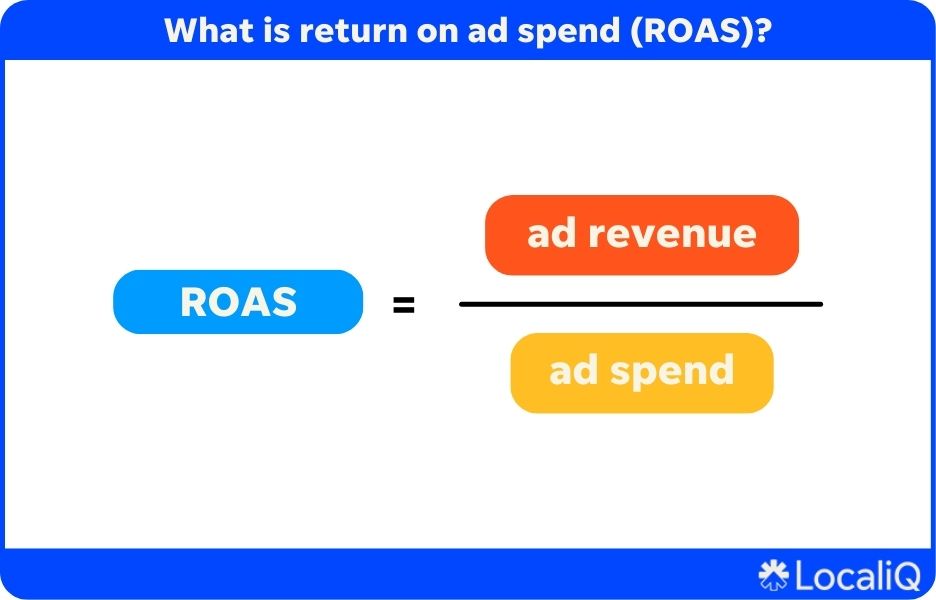
A positive ROAS typically indicates a solid conversion rate and overall profitability, at least as far as the campaign’s concerned. Meanwhile, a negative ROAS is a sign you need to try testing new ads and find messaging or visuals that better convert.
9. Retention rate
Retention rate measures the customers who stay with your organization after joining. While not a direct conversion rate metric, retention rate is important for the long-term stability and growth for your online presence.
While a high conversion rate can show your marketing is effective, a high retention rate can indicate your business is delivering on what’s promised, and indicate your marketing is in-line with your actual services or products.
Tips for conversion success
Conversion metrics are great for a lot more than just proving ROI and sleeping soundly at night. By tracking conversion metrics you’re opening the door to tons of insights that allow you to polish your marketing efforts. Use these tips as a jumping-off point to maximize the effectiveness of your marketing campaigns.
A/B test like it’s your job
Did your pages per session dip during a particular campaign? Are your conversion rates stagnant or failing to meet expectations? A/B test like it’s your job (because it kind of is).

Make singular changes to your marketing collateral, whether it’s trying a different subject line on an email or changing the copy of a display ad. Then, run a small batch of the new variant and note how it performs. If the performance improves, apply those changes to the bulk of your efforts and again, monitor the performance.
Identify trends across marketing efforts
As you track your various conversion metrics, look for trends. If you notice a certain effort or campaign was particularly effective, try to identify what you think made that success possible. Then, take note and attempt to replicate this in future efforts.
If the approach fails, tweak things slightly and try again. Once again, be sure to take note of any changes and trends you’re noticing, as these can inform future marketing efforts.
Turn to customer feedback
Current customers aren’t often the focus of conversion metrics unless you’re running an upselling campaign. Even if you’re targeting totally fresh leads, it’s still a great idea to turn to customer feedback.
Partner up with your product or sales teams and see what kinds of complaints or praises customers have. Look over any recorded customer calls or testimonials as well, as these are rife with customer language, pain points, victories, and so on.
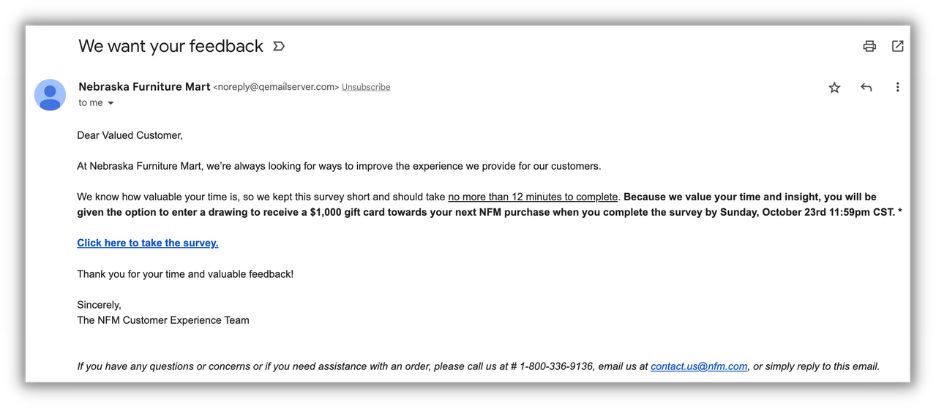
Once you’ve learned what you can from customers, speak to their troubles or highlight their ideal victories in your marketing materials. For example, if you noticed a lot of customers praised how easy it was to use your product, highlight that in an ad. Then, track those conversion rates and see how the ad performs compared to previous efforts.
Jumpstart your conversions
Sure, your gut feeling is a big part of marketing. If you have a feeling something could work, it just might. But with accurate conversion metrics, you can prove your gut feeling right.
These are the conversion metrics you need to track:
- Conversion rate
- Cost per acquisition (CPA)
- Customer acquisition cost (CAC)
- Click-through rate (CTR)
- Bounce rate
- Website sessions
- Pages per session
- Return on ad spend (ROAS)
- Retention rate
While conversion metrics are there to help you, they’re still yet another thing you have to tackle. You’ve got enough on your plate, so let us help you.
Related Articles
-

What Happens in an Internet Minute: 90+ Fascinating Online Stats [Updated for 2024!]
-

Haven’t Switched to Google Analytics 4? Here’s How to Do It ASAP
-

11 Key Metrics & Methods to Measure Brand Awareness
-

How to Collect & Use Customer Data the Right (& Ethical) Way in 2024
-

Search Advertising Costs Are Increasing: Here’s What to Do About It Now

